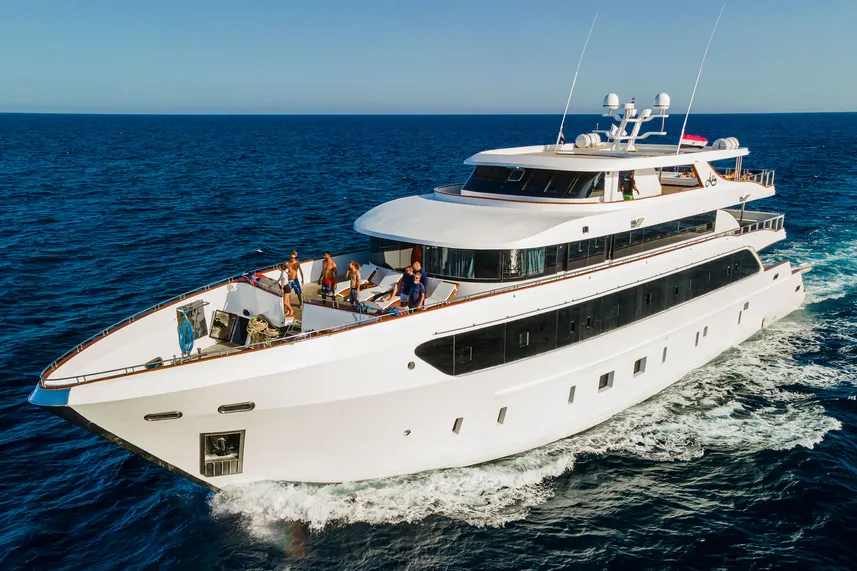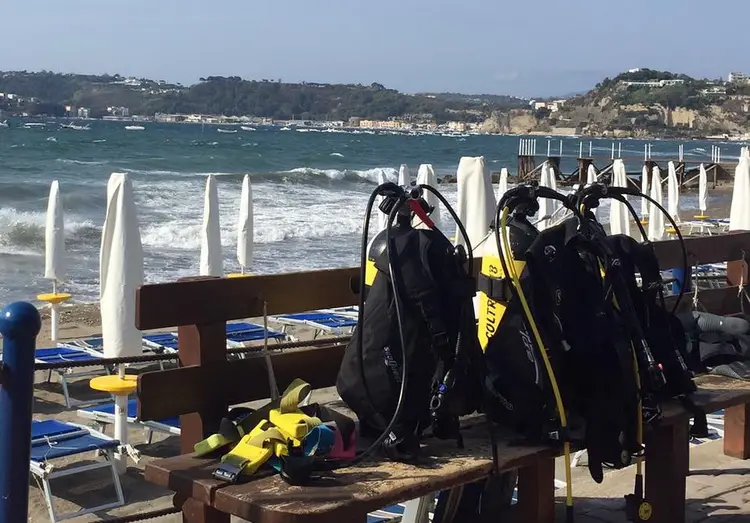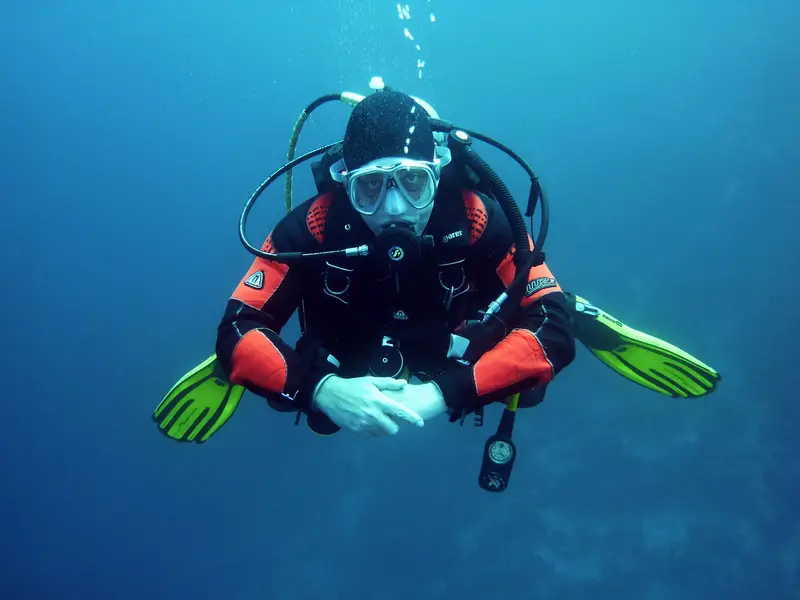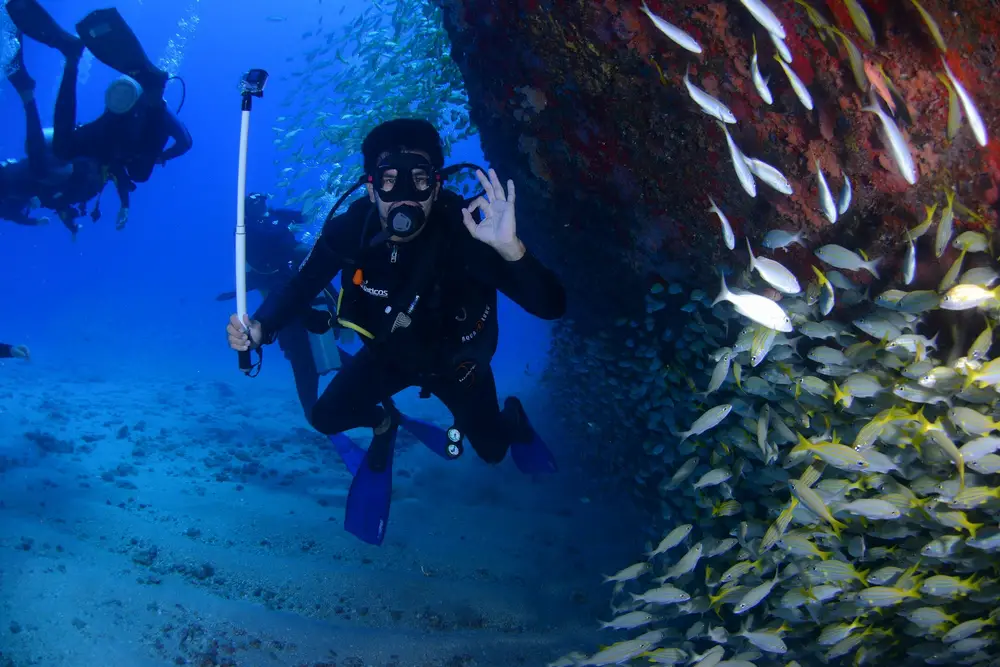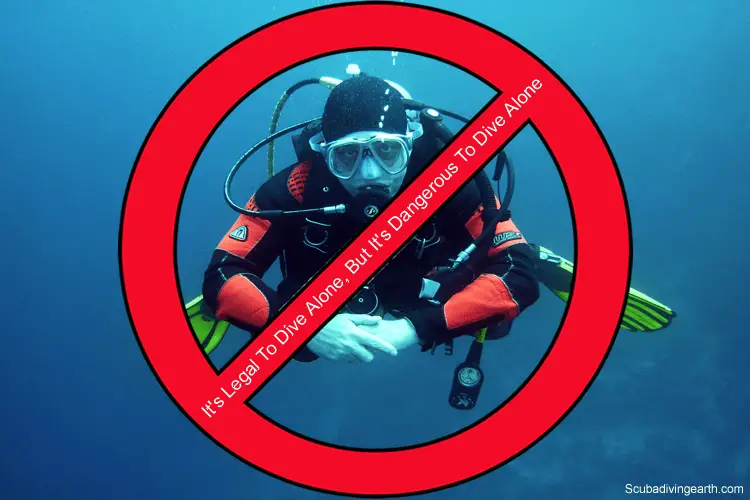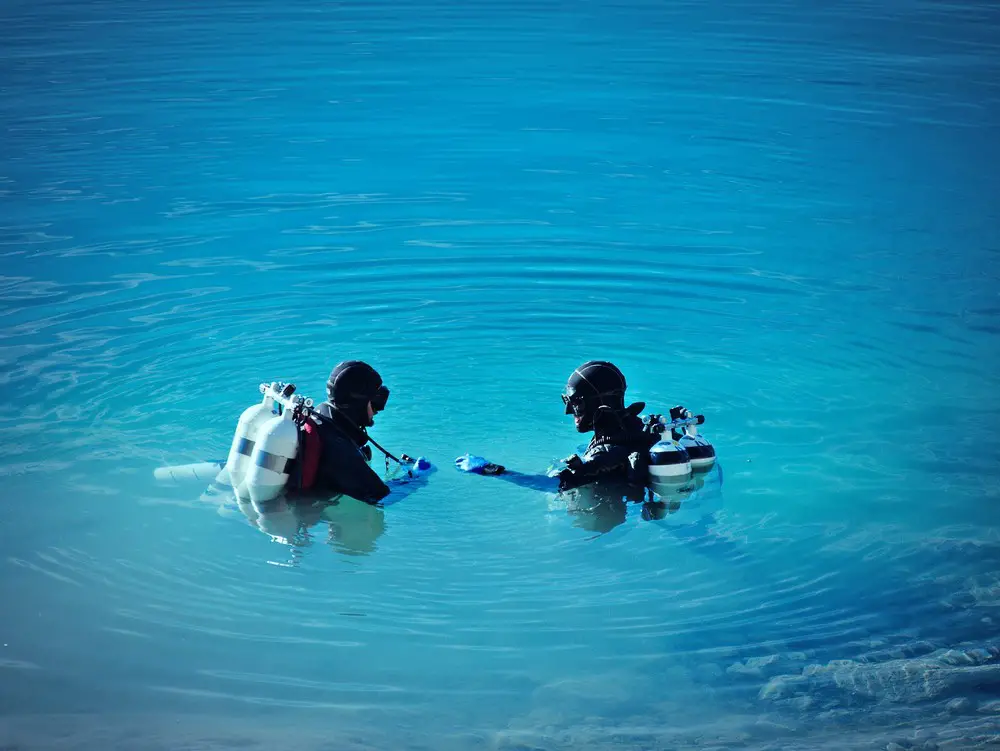Worldwide Scuba Diving Liveaboard Offers for 25 April 2024
Discover the latest diving liveaboard discounts online. Easy and fast to book online with up to 30% off your favourite scuba diving liveaboard. Special liveaboard offers now available at fantastic 30% discounts. Indonesia’s vibrant, including the Red Sea, the Maldives,Indonesia and more.

